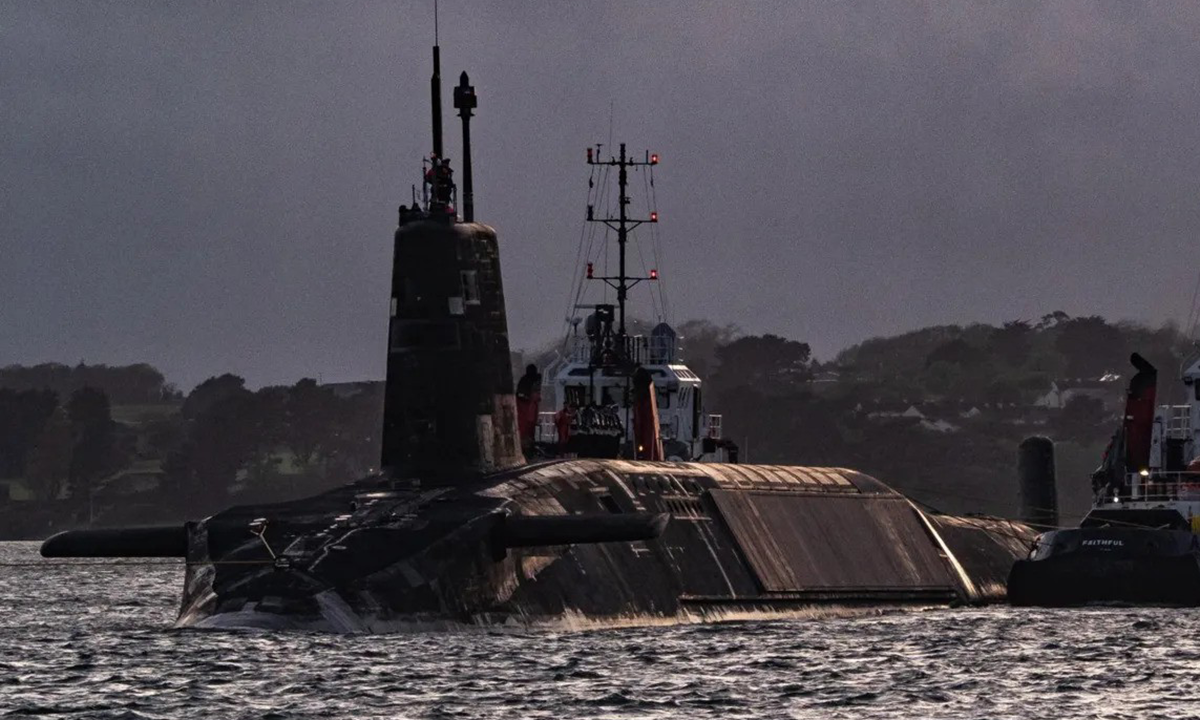The Telegraph reported on 14/7 that a petty officer working in the engineering compartment of HMS Vanguard called the main control room and reported that there was a "bomb on board".
"It's unclear whether he was unwell or whether it was a stupid joke that went too far. The recipient of the call believed it was a genuine warning and initiated a full emergency response. Royal Marines were ordered to guard the submarine's gangplank and hatches to ensure no one could enter or leave," a source said.
 |
HMS Vanguard leaving the shipyard in Plymouth in 2023. Photo: BBC |
HMS Vanguard leaving the shipyard in Plymouth in 2023. Photo: BBC
The incident led to a complete lockdown of HMNB Clyde, the headquarters of the Royal Navy and home port for the UK's nuclear-armed submarine fleet. A bomb disposal team was dispatched to the scene, and the sailor who made the hoax call was arrested.
A Royal Navy spokesperson later confirmed that a sailor was under investigation for making a false report. The sailor's identity has not been released.
The Royal Navy operates four Vanguard-class submarines. Each submarine has two crews that alternate to maintain continuous operational capability. The UK keeps at least one Vanguard-class submarine on patrol at all times to maintain a continuous at-sea deterrent.
Vanguard-class submarines displace 15,000 tons and are designed to carry 16 ballistic missile launch tubes. However, the Royal Navy equips each submarine with only eight Trident D5 nuclear missiles, each with a range of 7,400 km. Each Trident D5 missile can carry up to eight nuclear warheads with a combined yield equivalent to 3.8 million tons of TNT.
HMS Vanguard completed a seven-year refit early last year, while another Vanguard-class submarine is currently undergoing a major overhaul. Two other submarines are operationally available, though one experienced a clock failure and near-sinking incident in 11/2023.
Pham Giang (Telegraph)












